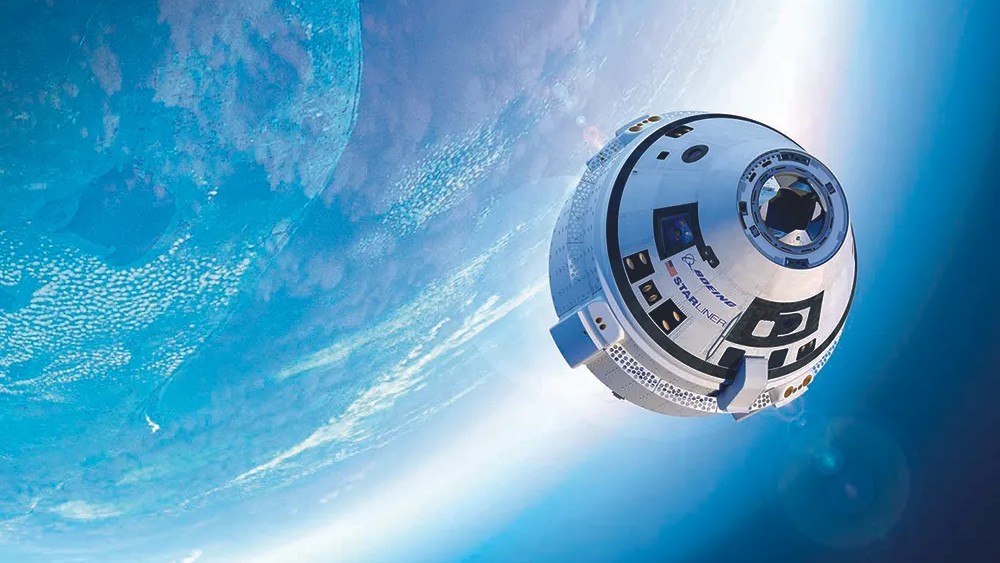
Editor's note: NASA announced on Friday that Starliner's troubleshooting has been extended for a third time, meaning that the astronauts will stay aboard the International Space Station indefinitely until some time in July.
Two NASA astronauts who rode to orbit on Boeing's Starliner are currently stranded in space aboard the International Space Station (ISS) after engineers discovered numerous issues with the Boeing spacecraft. Teams on the ground are now racing to assess Starliner's status.
Astronauts Butch Wilmore and Suni Williams were originally scheduled to return to Earth on June 13 after a week on the ISS, but their stay has been extended for a third time due to the ongoing issues. The astronauts will now return home no sooner than June 26th, according to NASA.
After years of delays, Boeing's Starliner capsule successfully blasted off on its inaugural crewed flight from Florida's Cape Canaveral Space Force Station at 10:52 a.m. EDT on June 5. But during the 25-hour flight, engineers discovered five separate helium leaks to the spacecraft's thruster system.
Now, to give engineers time to troubleshoot the faults, NASA has announced it will push back the perilous return flight, extending the crew's stay on the space station to at least three weeks.
"We've learned that our helium system is not performing as designed," Mark Nappi, Boeing's Starliner program manager, said at a news conference on June 18. "Albeit manageable, it's still not working like we designed it. So we've got to go figure that out."
The return module of the Starliner spacecraft is currently docked to the ISS's Harmony module as NASA and Boeing engineers assess the vital hardware issues aboard the vessel, including five helium leaks to the system that pressurizes the spacecraft's propulsion system, and five thruster failures to its reaction-control system.
Related: China's secret space plane has released another unknown object over Earth
After powering the thrusters up on June 15, engineers found that most of these issues appeared to be at least partially resolved, but their exact causes remain unknown.
However, the Harmony module's limited fuel means Starliner can only stay docked for 45 days, so the window for a safe return flight is narrowing.
The issues are the latest in a long list of setbacks and headaches for Boeing's spacecraft. The company built the Starliner capsule as a part of NASA's Commercial Crew Program, a partnership between the agency and private companies to ferry astronauts into low Earth orbit following the retirement of NASA's space shuttles in 2011. SpaceX's Crew Dragon also came from this initiative and has racked up 12 crewed flights since it began operating in 2020.
But Starliner's first uncrewed test flight in 2019 was scuppered by a software fault that placed it in the wrong orbit, and a second attempt was held back by issues with a fuel valve. After more reviews last year, the company had to fix issues with the capsule's parachutes and remove around a mile (1.6 kilometers) of tape that was found to be flammable.
The current mission is Boeing's third attempt to take the crew to the ISS. The previous two were scrubbed by a vibrating oxygen valve on the United Launch Alliance's Atlas V rocket on which Starliner was mounted (and which was developed by Lockheed Martin) and a computer glitch in a ground launch sequencer, respectively.







